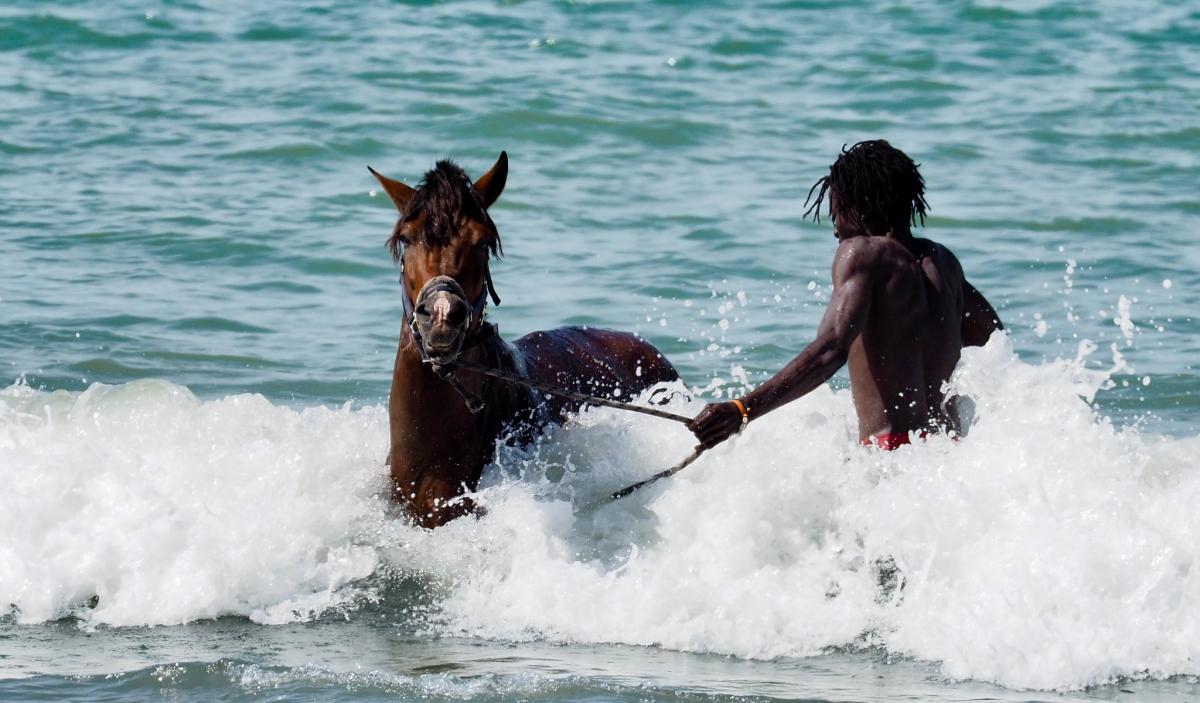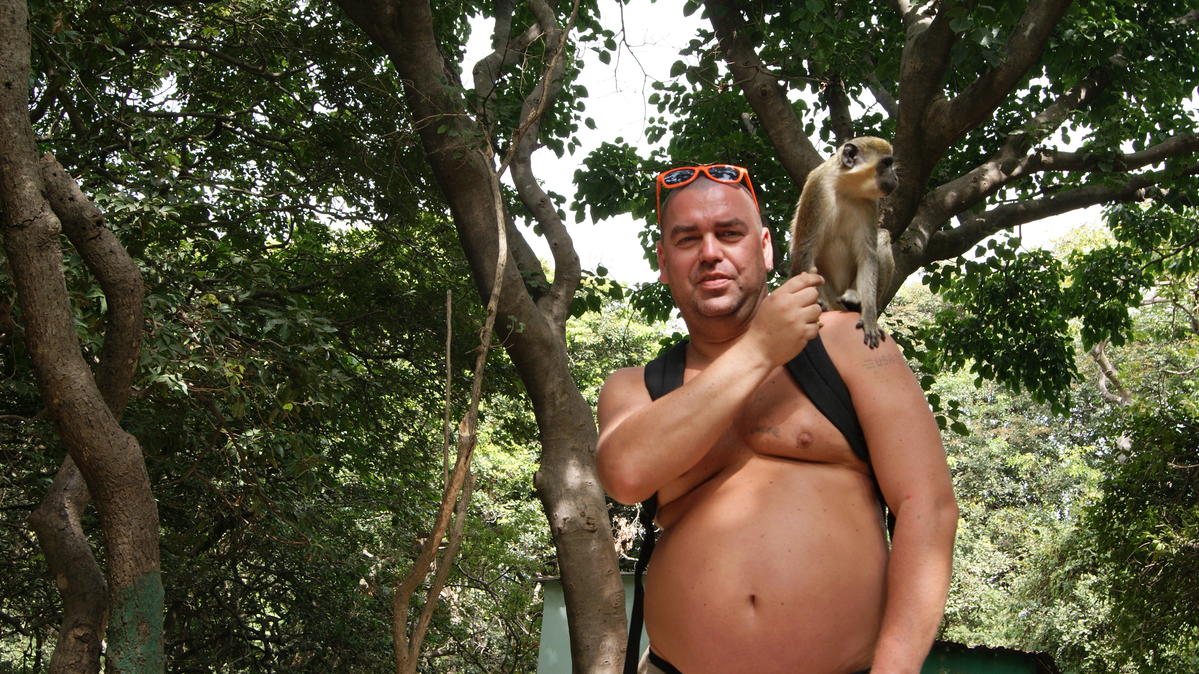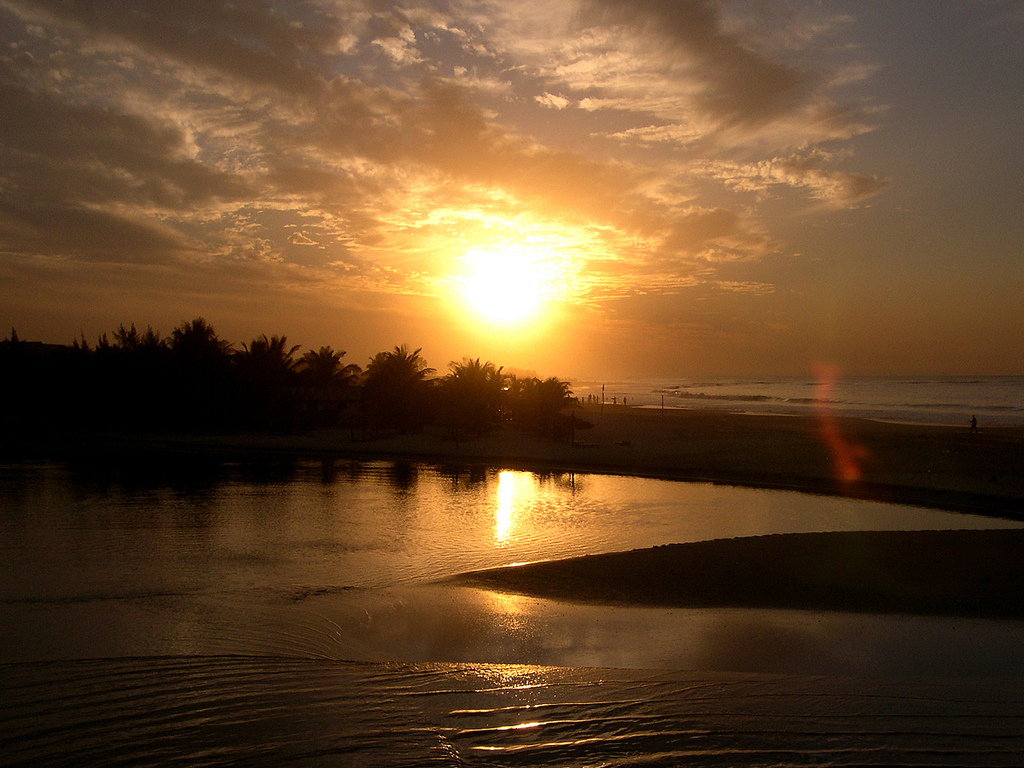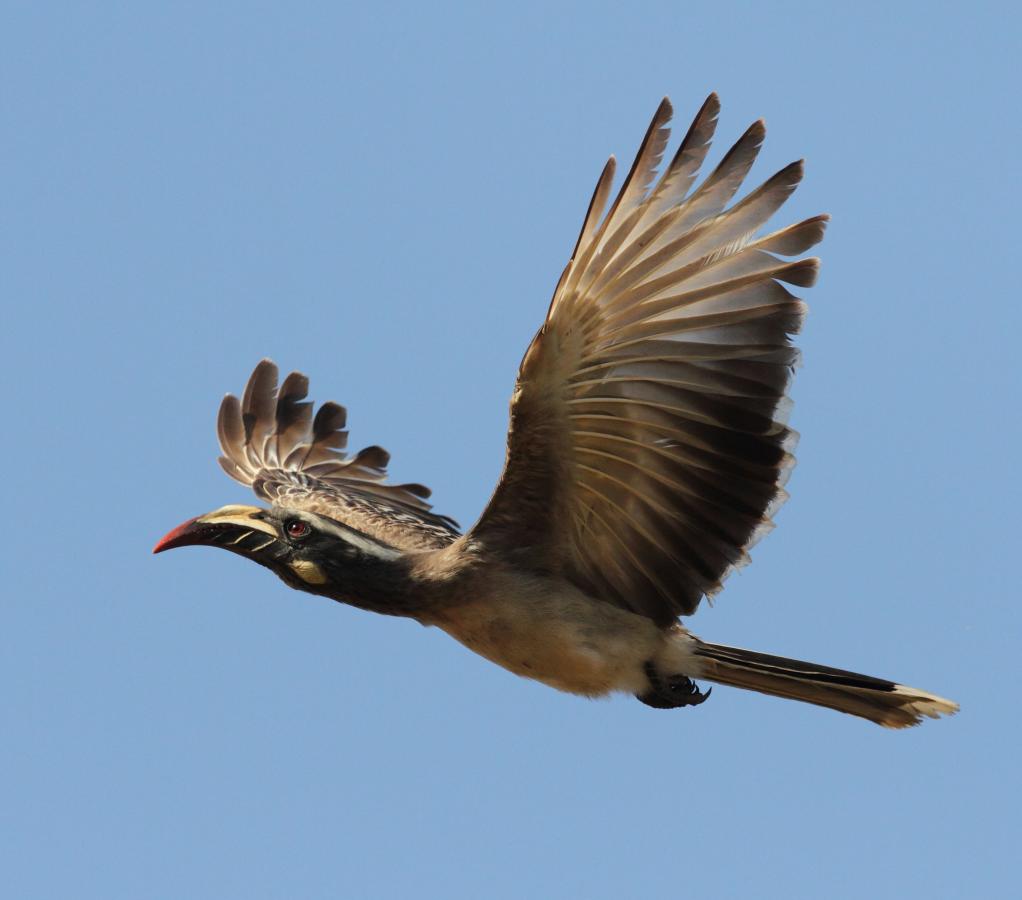Przemo, SP3PS is currently active again as C5SP from Gambia.
He will operate on HF Bands, SSB, FT8.
Recent DX Spots C5SP
QSL via SP3PS.
Ads for direct QSL:
Przemyslaw Stanislawski, Lednogora 7, Lednogora, 62-261, Poland.
The Gambia is a small piece of fertile land in West Africa
The Gambia is the smallest state on the Black Continent. It occupies just over 10 thousand km2. This country is located “inside” Senegal, having a small access to the Atlantic Ocean. It is a narrow strip located near the Gambia River and going from the coast to the interior of the continent for 400 kilometers. Here green valleys and sandy hills are replaced by picturesque mangrove forests and wetlands.
The climate of the country is equatorial, with frequent monsoons. It is characterized by heavy rains in summer and early autumn. From the beginning of winter to the end of spring the weather is dry. Average annual temperatures vary from +27°C (summer) to + 25°C (winter). From late spring to late fall, winds come from the desert, bringing huge amounts of dust. It raises daytime temperatures in some areas to 38 degrees Celsius.
 Gambia. Author - Paul Gallagher.
Gambia. Author - Paul Gallagher.
Flora and fauna of The Gambia
This small country is surprisingly rich in animals and plants. Elephants and giraffes, which are on the verge of extinction, can be found in Gambia. There are also spotted hyenas, baboons, hippos, warthogs and a large number of small mammals (bats, various rodents, etc.). Specialists have counted about 117 species of animals.
The plant world of the state also amazes with its diversity. It counts almost a thousand species of trees and shrubs. On the territory of the country there are many lush forests, in which there are majestic acacias, huge baobabs and cotton trees. Exotic lilies bloom in the water bodies and mangrove forests braid the river banks. Many plants are unique.
There are also numerous birds in the state. About 560 types of feathered birds are found on the territory of Gambia. More than 200 of them nest here. Also in these places there is a large number of reptiles: lizards, snakes, turtles and crocodiles. The country is home to a huge number of colorful and beautiful butterflies and unusual dragonflies.

From ancient times to the present day - the history of The Gambia
The country's coastline has been inhabited by people since antiquity. This is evidenced by the remains of pottery, copperware, iron spear points, stone axes and many other artifacts found by archaeologists.
Mention of this territory is found in the records of the Carthaginians, after their navigators visited the Gambia River. In the early A.D., the area began to be used by slave traders to recruit slaves. Later, the kingdoms of Kombo, Fulladu and Foni were formed here. They traded extensively with the major West African states. From the 5th to the 8th century, the Serahule ethnos settled in what is now Gambia, whose descendants are still found among the inhabitants of this country.
At the beginning of the 8th century, when the Arabs conquered North Africa, a new religion, Islam, began to spread in Gambia. On the northern bank of the river of the same name, many burials of local chiefs made of stone pillars appeared. Such a tradition spread throughout the country. A part of such graves today is declared as shrines of Muslims.
On the territory of today's Gambia there were many kingdoms, and the eastern zone was part of the West African Empire, which existed from 300 years for a millennium. Families and whole clans of ethnic groups such as the Fulani and the Wolu ruled here, creating their own state entities.
The first time Europeans visited the Gambia was in 1455. They were Portuguese sailors. They sailed about 32 kilometers down the river and even had contact with the locals living at its mouth.
In 1587, the British arrived. They began to conduct active trade in these places.
In 1678, the Royal Company of Africa founded Fort James on an island of the same name on the Gambia River. This fortified point was used by the British to fight the French, who had established a similar small fortress on the northern shore. The British won the confrontation and began to control the slave trade and gold mining in these territories. In 1765, Gambia became an official possession of the British crown. It became part of the Briton colony of Senegambia. France gave up its claims to these lands, having received under the Treaty of Versailles, signed in 1783 a part of the territories of Senegal. But Gambia again came under the control of the Royal Company of Africa.
In 1807, the slave trade was officially banned in all territories under the control of the British Crown. But slaves continued to be exported from the Gambia.
In 1829, peanuts began to be actively exported. Clashes between pagans and Muslims became more frequent. They hindered the growth of trade and the development of the agricultural industry. The British continued to buy up small tracts of land from the chiefs of the various tribes, reducing the influence of the French in the region. Also, British protectorate treaties were actively signed with local elders and kings.
In 1857, the French ceded their fort near St. James in exchange for other lands.
In 1888, the country began to be governed by a governor and Legislative and Executive Councils.
When World War II broke out, the armed armies of The Gambia fought on the side of the Allied forces in Burma. After the surrender of the Nazis, the country began to implement reforms aimed at greater local representation in government. Gambians often worked with British officials. The adult population was given the right to vote in elections.
In 1965, the Gambian constitution came into force, proclaiming its independence and declaring the state a constitutional monarchy. Then a referendum was held. Following its results, the country was declared a republic.
In 1980 mass riots began in Gambia. Senegalese troops helped to suppress them. About a thousand people died.
Then the country went through a military coup in 1981, unification with Senegal in 1982, aggravation of relations with Libya and many other shocks. Today Gambia is considered a poor state, but it is developing its agriculture and tourism industry, attracting foreigners by the splendor of its nature and attractions.
 Gambia. Author - Egoitz Moreno.
Gambia. Author - Egoitz Moreno.
Exotic capital of Gambia
The main city of this state is very unusual. Banjul is located on an island on the river, which has the same name as the country. Here usually stops the vast majority of tourists, before excursions inland.
The capital of Gambia is famous for its market - Albert. It is famous throughout Africa. Here you can buy a variety of souvenirs, art, leather goods and even paraphernalia of Negro religious cults. Foodies will also be satisfied. They will be able to buy a large number of various exotic fruits, ocean and river fish and other food.
Many tourists go to the War Memorial located in McCarthy Square. This is a grandiose structure, striking with its majestic forms.
Those wishing to admire historical relics, visit the National Museum. There is a large number of ancient archaeological finds, as well as exhibits and documents from the colonial era. These are stone axes, other weapons, jewelry and other attributes.
 African Grey hornbill in flight, Gambia. Author - Alun Williams.
African Grey hornbill in flight, Gambia. Author - Alun Williams.
What else is there to see in The Gambia?
The country has a large number of attractions, like a magnet attracting tourists from all continents. Hugely popular is the picturesque botanical park in Bakkau, where the famous “abode of crocodiles” is located. It is considered to be a place where the souls of heroic ancestors found their new incarnation, and is sacredly honored by the locals.
Foreigners willingly go to Tanji. This village-museum of fishermen, in which the whole national flavor of the peoples inhabiting the Gambia is recreated. Each ethnic group has created a separate thatched house in the village in accordance with their customs, way of life and national peculiarities.
Not far from the capital there is Fort Bullen. This fort has a very tragic history. Centuries ago, it was the point through which the flow of slaves was directed to the schooners and frigates of corsairs and other sea robbers, who earned fortunes from the trade in “black gold”.
You can also take a boat ride on the river, visit the Museum of Slavery, watch numerous colorful festivals and celebrations, and visit many other interesting places.

